The Keychron Q1 is a custom keyboard that is made for the mechanical keyboard enthusiast.
For a lot of Mac users, the Apple Magic Keyboard is enough, or even some Magic Keyboard alternatives. But the problem with these is pretty simple — they're flat, quiet, and just…not satisfying. If I just described how you feel about these flat, chiclet-style keyboards, then perhaps a mechanical keyboard is a better option for you.
I first dabbled in the world of mechanical keyboards about a year ago with the Keychron K2V2. At that point, I was a newbie, and I considered the K2 to be a great starting point for someone just getting into mechanical boards. But it's been almost a year since I started, and I've gotten my hands on several different boards from other manufacturers during that time. Even though I began with a Keychron, I wasn't getting as excited for most of its new releases. However, the Q1 has changed that.
The Keychron Q1 has been talked about quite often lately in the mechanical keyboard community, and it serves as a direct competitor for the GMMK Pro from Glorious. It's a mass-produced, premium gasket-mounted 75% mechanical keyboard that is fully customizable, geared for mechanical keyboard enthusiasts, and it is also fully compatible with VIA/QMK software support. The Q1 is a bit pricier than Keychron's other keyboard options, but it's well worth the cost.
Keychron Q1 Mechanical Keyboard
Bottom line: The Q1 is Keychron's premium offering for keyboard enthusiasts. It features a CNC aluminum body with a gasket-mount design, screw-in stabilizers, south-facing RGB, compatible with VIA and QMK for custom programming, hot-swappable, and supports both macOS and Windows.
The Good
- Premium CNC aluminum body with gasket-mount design and premium coiled USB-C cable
- South-facing RGB and Gateron Phantom switches
- Hot-swappable 75% layout programmable with VIA/QMK
- Comes in three color options
- Fully Assembled or Barebone options, with ISO support (Barebone only)
The Bad
- No Bluetooth wireless connectivity
- Pricier than Keychron's other boards
- Rotary knob version coming later
Keychron Q1 Custom Mechanical Keyboard: Price and availability
The Keychron Q1 is currently only available directly from Keychron's website. You can choose to have it come fully assembled, which includes the keyboard PCB, case, aluminum plate, double-shot ABS keycaps (including both Mac and Windows caps), Gateron Phantom switches, and a premium coiled USB-C cable. The other option is barebone or barebone ISO, which will not include keycaps or switches — you'll need to provide your own.
Keychron Q1 comes in three color options: Carbon Black, Navy Blue, and Space Gray. If you opt for the fully assembled version, you have your choice of Gateron Phantom Red, Phantom Blue, or Phantom Brown switches, which are an exclusive collaboration effort between Keychron and Gateron. This means you won't find these particular switches anywhere else.
You can purchase a Keychron Q1 starting from $169, but keep in mind that if you go with the Barebone option, you may end up spending more for your own keycaps and switches. At the moment, Keychron has said that the version of the Q1 with rotary knob will be coming later, so if you prefer to have the knob, you'll want to hold off.
Keychron Q1 Custom Mechanical Keyboard: A premium, customizable experience from Keychron
One of the issues that people had with other Keychron boards was that the aluminum option, for example, with the K2, was just an aluminum frame that went around the plastic body. The Keychron Q1 solves this issue, as the entire keyboard is metal. In fact, Keychron uses a 6063 aluminum CNC machined body that is polished, anodized, and sandblasted to a beautiful finish over a 24-hour manufacturing process. Because of this, the keyboard itself is heavy, thus giving it a premium feel. It's not quite as heavy as my KBD8X MKII (a little over five pounds), but it's definitely heftier than my "aluminum" K2V2 and NK65 Milkshake for sure.
The Keychron Q1 is fully made of metal, making it one of Keychron's most premium boards.
The Q1 is also Keychron's first gasket-mounted board, and it's a 75% layout. With gasket mounted boards, there's a gasket material that you can find between the PCB plate and top and bottom casing. The gasket provides a bit more of a cushioned feel as you type, as the plate doesn't have direct contact with the other metal components. Keychron Q1's gasket design has a maximum flex of 2.5mm, making it one of the more flexible boards (according to Keychron), so you get a satisfying sound as you type.
The combination of the gasket mount design with Gateron Phantom switches means incredible feel and sound.
I've been using the Q1 for the past several weeks and have definitely noticed a difference in how the overall board feels while I type. It feels a tad "bouncier," and the sound is super nice. My Q1 review unit came with Gateron Phantom Browns, but I was also sent the Gateron Phantom Reds and Gateron Phantom Blues. However, I tend to prefer the tactile switches, so I've just stuck with the Phantom Browns. Unlike the regular Gateron Browns that I've previously used, the Gateron Phantom Browns are smoother and even quieter, but it retains that tactile bump and feel. Phantom switches are also pre-lubed from the factory, which explains the smoothness, and they have less wobble to them overall, resulting in more stability. But if you like to experiment with all of the different switches out there, the Q1 is hot-swappable, so you don't need to do any soldering to change out the switches to what you prefer.
For those interested in the specifics of the default switches, the Gateron Phantoms pretty much have the same actuation/operating force, pre-travel, and travel distance as the non-Phantom counterparts. As a refresher, for Browns, it is 55±15 gf actuation, Reds have 45±15 gf actuation, and Blues are 60±15 gf actuation. Both Reds and Browns have 2.0±0.6mm pre-travel distance, while Blues have 2.3±0.6mm. And all three of them have 4.0±0.6mm of travel distance. Reds are linear and quiet, making them perfect for office and gaming. Browns are tactile with a gentle sound level and are a good middle ground for gaming and typists. Blues are loud and clicky, which is for the typists who like to hear every keystroke, much to the detriment of others nearby.
The screw-in stabilizers make it easy to modify it however you'd like, such as with Cherry or Durock.
On the larger keys that require stabilizers (left Shift, Backspace, Enter, etc.), Keychron did an excellent job by using new Gateron screw-in PCB stabilizers. I haven't found a need to change out the stabilizers on my board yet, but because it uses a screw-in design, the stability is increased, and it's easier than ever to make your own changes and upgrade to other stabs from Cherry or Durock. Again, this is to be expected since the Keychron Q1 is geared for the customized mechanical keyboard community.
While I've grown accustomed to not having RGB lighting effects for a few months on my keyboards, the Keychron Q1 does have south-facing RGB LED lights. This means that the LEDs are facing the typer rather than the top of the keyboard. With south-facing LEDs, it's the proper orientation match for Cherry MX-style switches to compatible keycaps. The result is a better feel and sound, and south-facing LEDs better illuminate the keyboard on non-backlight shine through keycaps when you're using it in the dark. However, it won't work as well for shine-through keycaps if that is what you prefer. But a lot of keycap sets out there, which are popular among customized keyboard enthusiasts, are non-shine through, from what I've noticed.
The Q1 comes with double-shot ABS caps, premium coiled Type-C cable, and it's compatible with QMK/VIA.
Speaking of keycaps, by default, the fully assembled Keychron Q1 comes with a set of double-shot ABS keycaps. These are a step above the default caps that some other Keychron boards came with, such as the K2 and K4V2, as those were just regular ABS and not double-shot. These new keycaps are a bit thicker and not as shiny, which is a good thing — they won't wear out as fast. Still, I'm not a big fan of ABS caps in general, so I switched out the default ones to the "Hacker" themed keycap set that Keychron provided, which is made of dye-sub PBT. These alternative keycap sets from Keychron are a good option, as they are more matte and have a textured surface, making them more durable.
For the first time, Keychron includes a premium coiled Type-C cable with the Q1. This is a thick, heavy-duty braided nylon cable that is coiled near the center. For those who don't know, coiled cables are purely an aesthetic choice in the world of mechanical keyboards. But the coil is flexible and allows you to lay it out in any matter, whether your computer's interface is on the left, right, or even the front of the desk. It also features a detachable aviator port, so it can adapt to a variety of different connections. By default, the cable is Type-C with a Type-A adapter. You can also get the coiled cable in a color to match your Q1's case color.
The Q1 is one of Keychron's best mechanical keyboards to date.
Finally, the Keychron Q1 is compatible with QMK or VIA keyboard programming software. This lets you program and remap individual keys on the Q1, so you can change the entire layout if you want (Dvorak, AZERTY, Colemak, etc.), create shortcuts and macros, backlight effects, and so much more. Since I only use a Mac, I am satisfied with the default settings for the Q1, as Keychron is usually aimed for Mac users. But there is a toggle on the keyboard itself to switch to Windows when needed, and the Q1 also supports Linux.
There's no doubt about it — the Q1 is one of Keychron's best mechanical keyboards to date, especially for those who prefer full customization when it comes to mechanicals. It's definitely one of the better-customized boards to obtain easily, without having to worry about limited production runs like a lot of other boards in the hobby.
Keychron Q1 Custom Mechanical Keyboard: Bluetooth and rotary knob versions coming later
At the moment, the biggest issue with the Keychron Q1 is the fact that there is no Bluetooth wireless connectivity since this is a board that works with VIA/QMK. The makers of the keyboard have stated that they are actively working on it, but it will be a little bit longer before it will be wirelessly compatible and also work with VIA/QMK software.
Another thing to note is that the version of the Q1 with rotary knob will be coming later. The first batch of Q1 keyboards will only have the option for a custom badge in the upper right corner instead of the Insert key. But if you want the rotary knob, you'll also need to wait a little bit more.
Finally, if you've come to appreciate Keychron because of the affordable price (usually less than $100), then the cost of the Q1 may seem a bit high. However, this is standard for most enthusiast mechanical keyboards — in fact, this is actually more on the lower end of things.
For example, I have a KBD8X MKII in Rose Gold that I bought aftermarket for around $400 (with filmed and lubed Alpaca linear switches), which would sell for at least $329 just for the case if it were in stock on KBDfans (it's not). So considering all of the goods that Keychron did with the Q1, it's actually one of the more affordable options out there.
Keychron Q1 Custom Mechanical Keyboard: Competition
The biggest competitor for the Keychron Q1 right now, in terms of readily available mechanical keyboards, is probably the GMMK Pro from Glorious. The GMMK Pro is also a 75% layout, though it includes a rotary knob and similar key layout, with some minor differences. It also features south-facing RGB LED lights with side lighting panels on the full aluminum case. GMMK Pro also has a gasket-mounted plate design, screw-in GOAT stabilizers, hot-swappable PCB, and comes in two colors. You can also remap keys on the GMMK Pro with QMK, but not VIA.
However, one of the biggest issues with the GMMK Pro are the stabilizers. Since they're GOAT stabs, they're pre-clipped and factory lubed. The issue is the lube that Glorious used — a very common issue among the community was the fact that the stabilizers have too much lube on them, and as a result, they can get stuck when pressed down. I have experienced this issue myself, and it's one of the biggest flaws with the GMMK Pro. However, if you want a rotary knob right now, rather than wait for the Keychron Q1 with a rotary knob, then the GMMK Pro is the way to go. But if you use QMK to customize the knob, keep in mind that it will only allow for reprogramming the function of the knob when it's clicked, not when you turn it.
Keychron Q1 Custom Mechanical Keyboard: Should you buy it?
You should buy this if ...
- You want a premium-feeling mechanical keyboard
- You enjoy being able to customize every aspect
- You prefer a smaller board to save desk space
You shouldn't buy this if...
- You don't care about customizing your keyboard
- You need Bluetooth wireless or rotary knob right now
- You're on a budget
Overall, I'm super impressed with what Keychron has done with the Q1. It's a 75% layout mechanical keyboard with a premium aluminum body, and it's entirely customizable on both the hardware and software side (through VIA/QMK) of things. I also enjoy the layout of the keys on the Q1 much more than what you'd find on the K2V2 because the arrow keys are spaced out a bit from the rest, and the Page Up/Down and Home keys are off to the side rather than adjacent to the rest of the keys.
The Gateron Phantom switches feel very nice to type with and sound great, though you can switch them out to anything you want since the Q1 is hot-swappable. The gasket design gives it a bit of flex when typing and makes the switches sound even better, plus the default keycaps aren't as bad as what you get with the other Keychron boards. Still, I'd recommend getting one of the PBT keycap sets that Keychron sells. I also love the fact that Keychron includes a premium coiled Type-C cable with an aviator connection in the package. These kinds of cables can cost quite a bit from indie sellers who make custom cables, though the tradeoff is that you only get it in one basic color to match the keyboard body. Still, it's an improvement over a regular USB-C cable that other Keychron keyboards come with.
However, if you need a mechanical keyboard that has Bluetooth connectivity, then you'll want to hold off for now. Keychron is working on adding wireless support to the Q1, but it requires more time. There is also a little longer wait for the Keychron Q1 with the rotary knob option. And while the price for the Q1 is a bit higher than the other Keychron boards, it's actually a very good value considering everything you're getting.
After all, this would be considered a premium mechanical keyboard from Keychron, and every aspect of it is customizable. It's also definitely on the lower-end side of things if you look at the rest of the mechanical keyboard market, so you get a lot of bang for your buck here.
Keychron Q1 Custom Mechanical Keyboard
Bottom line: Keychron Q1 is the brand's first higher-end, premium mechanical keyboard. It's fully customizable, from every aspect of the hardware down to the programming of the keys.






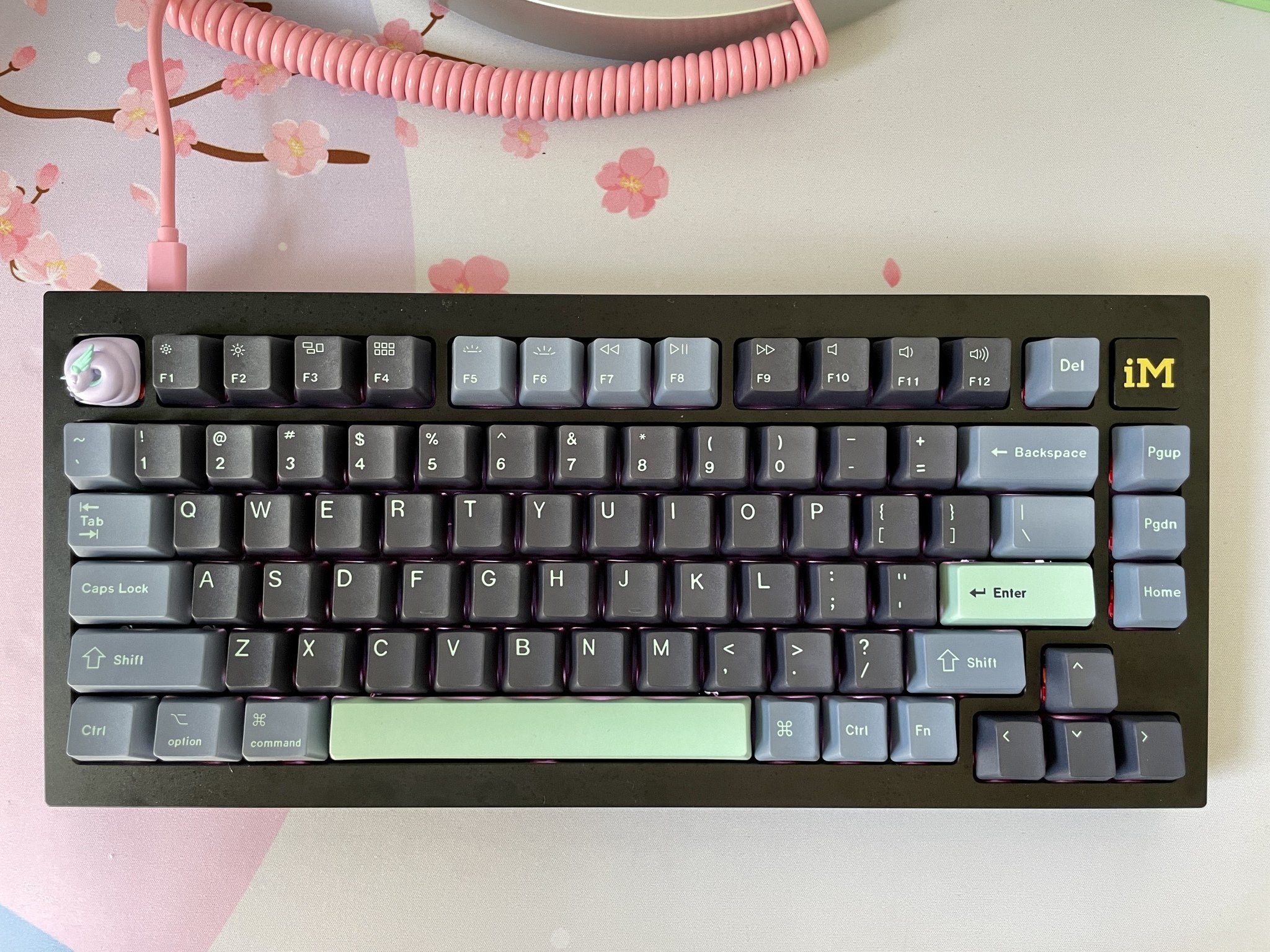
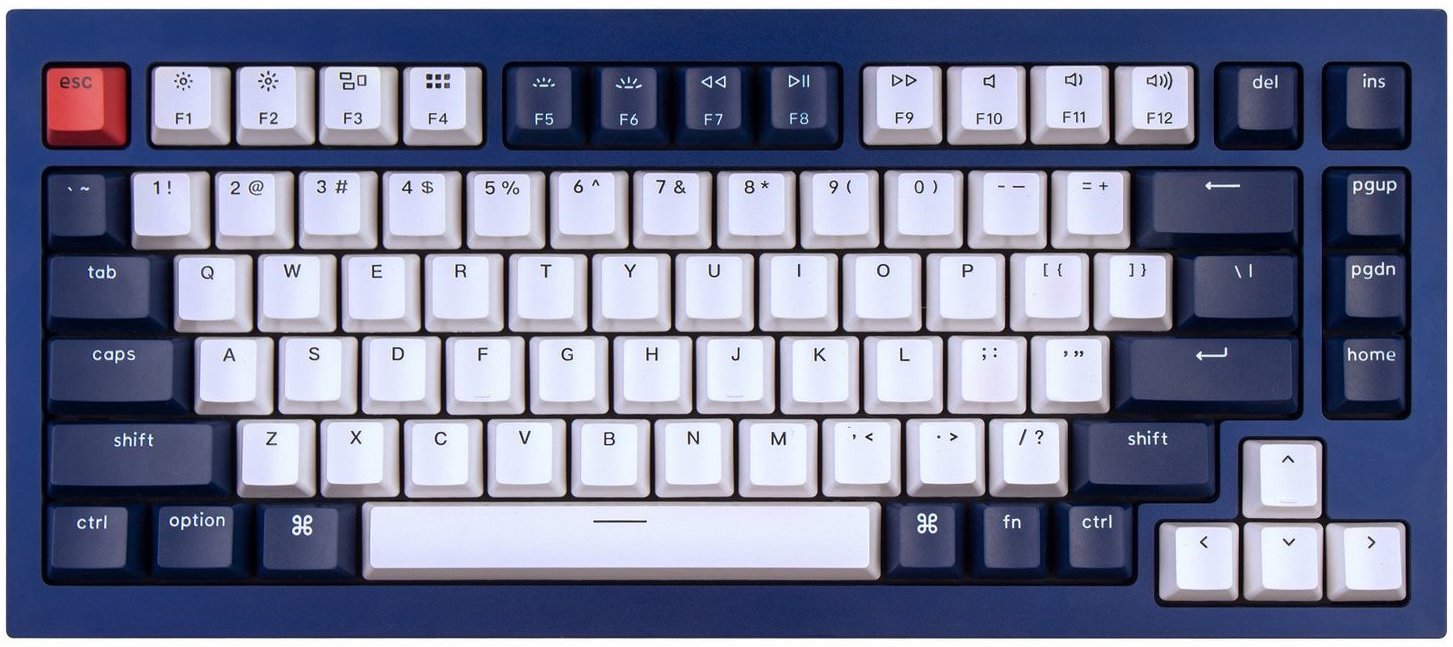
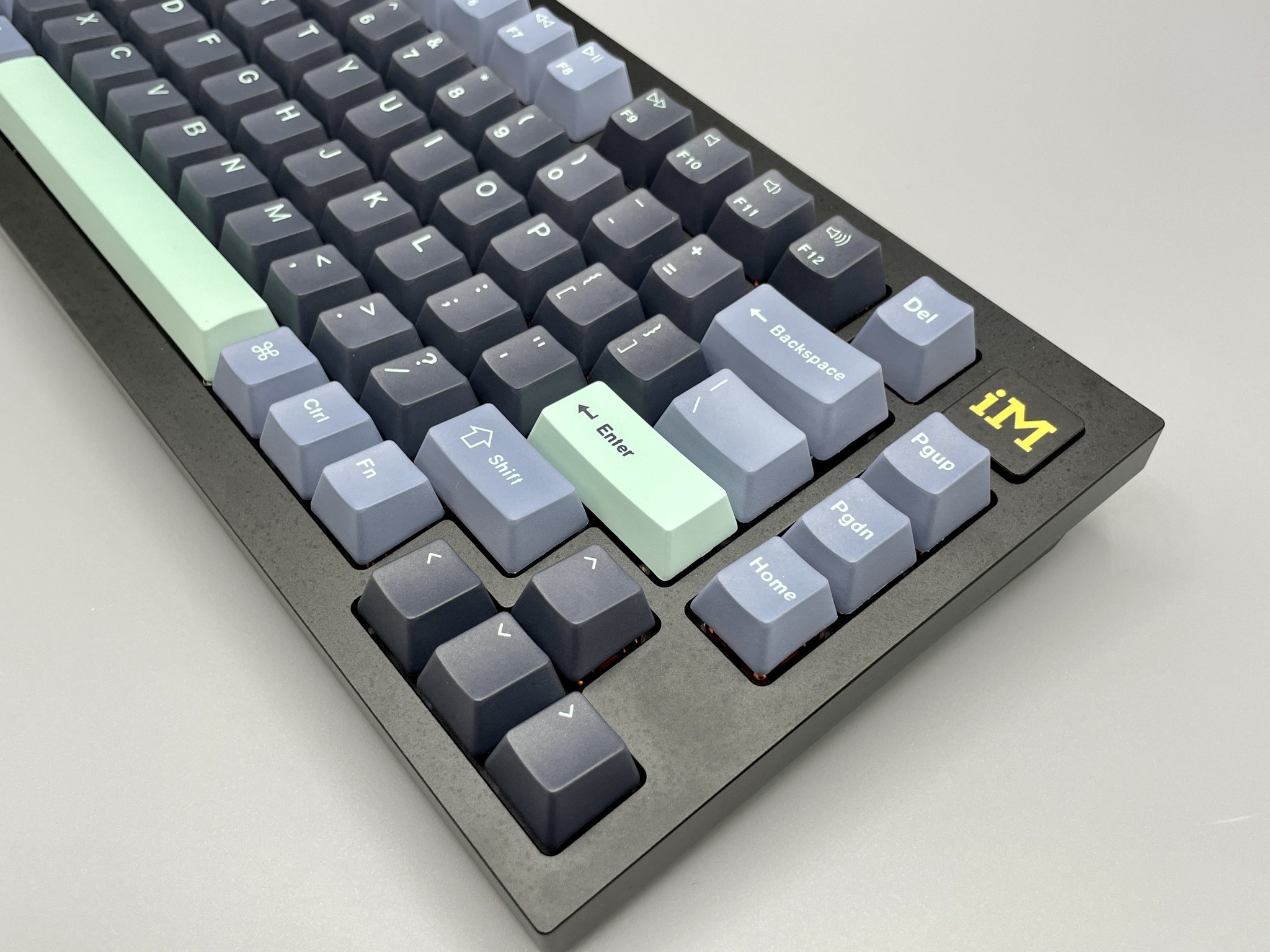
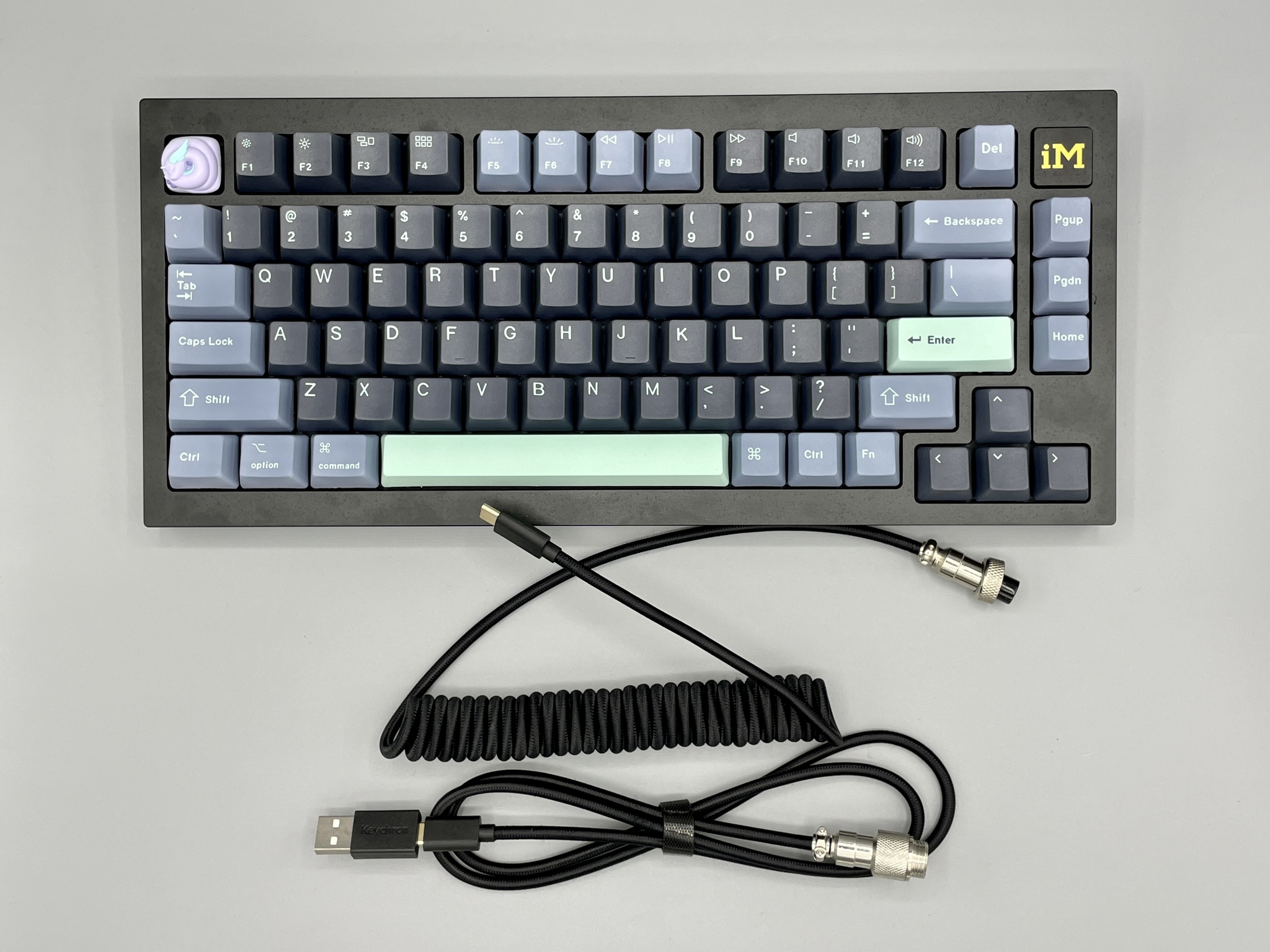
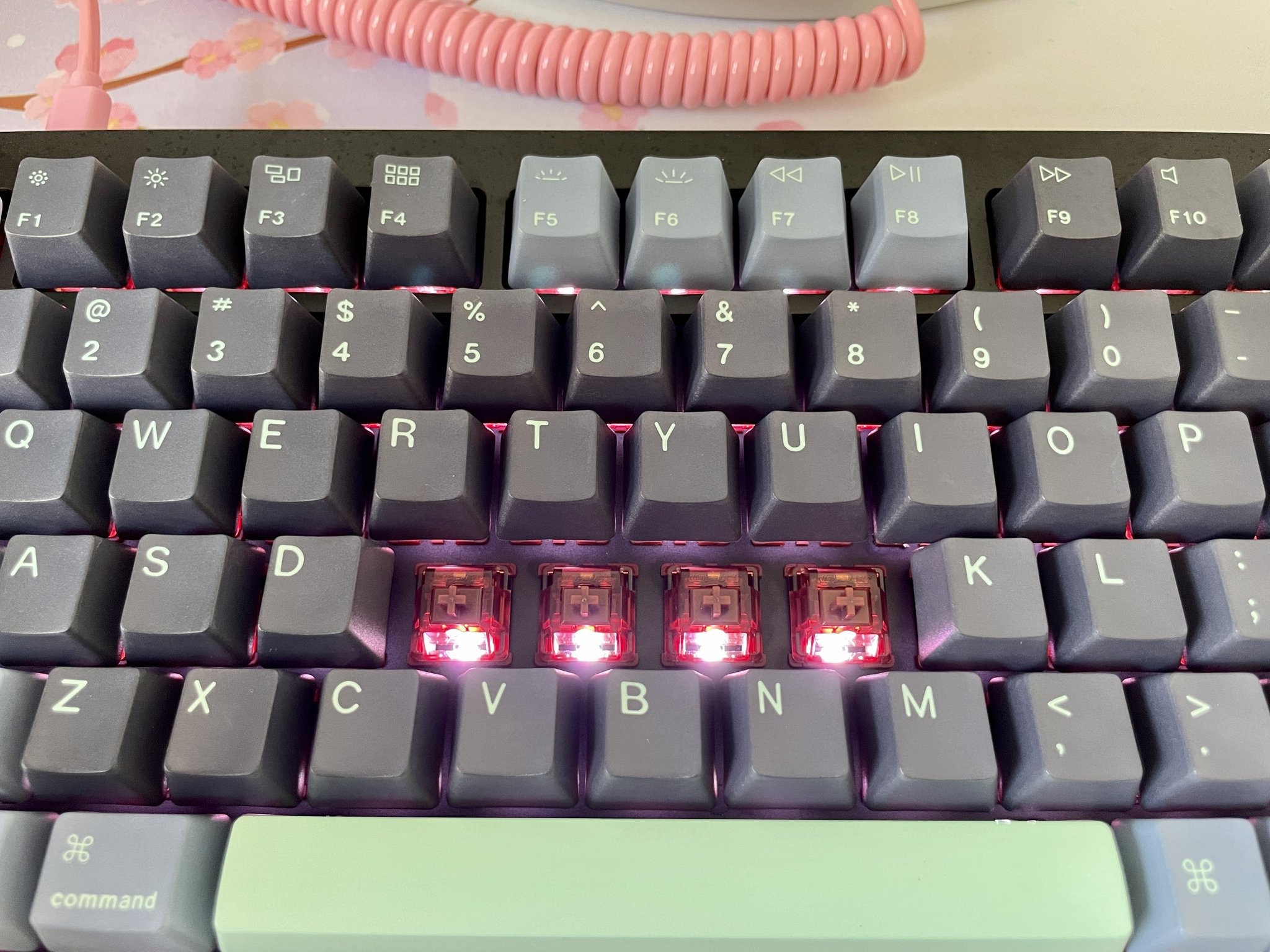

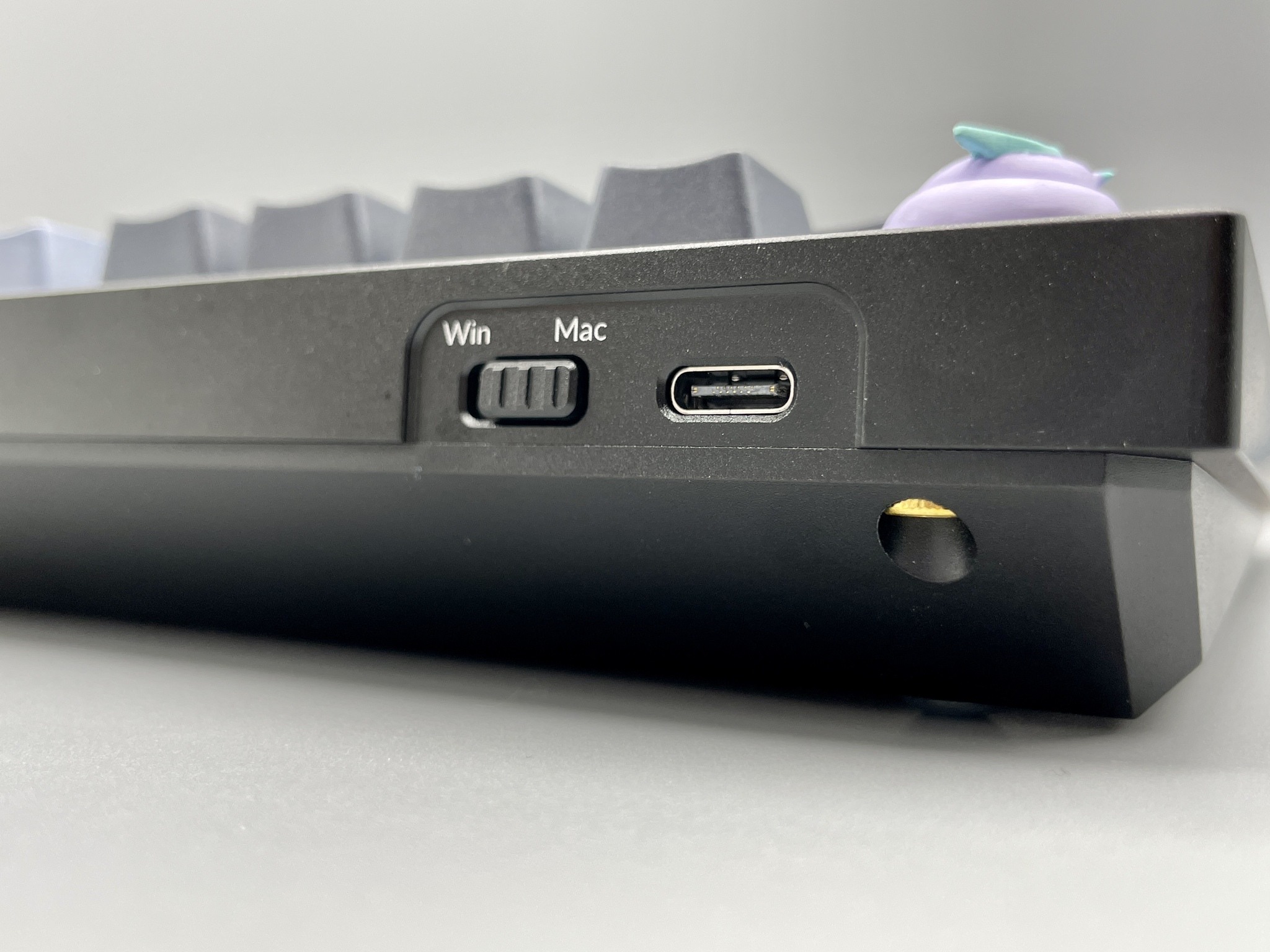

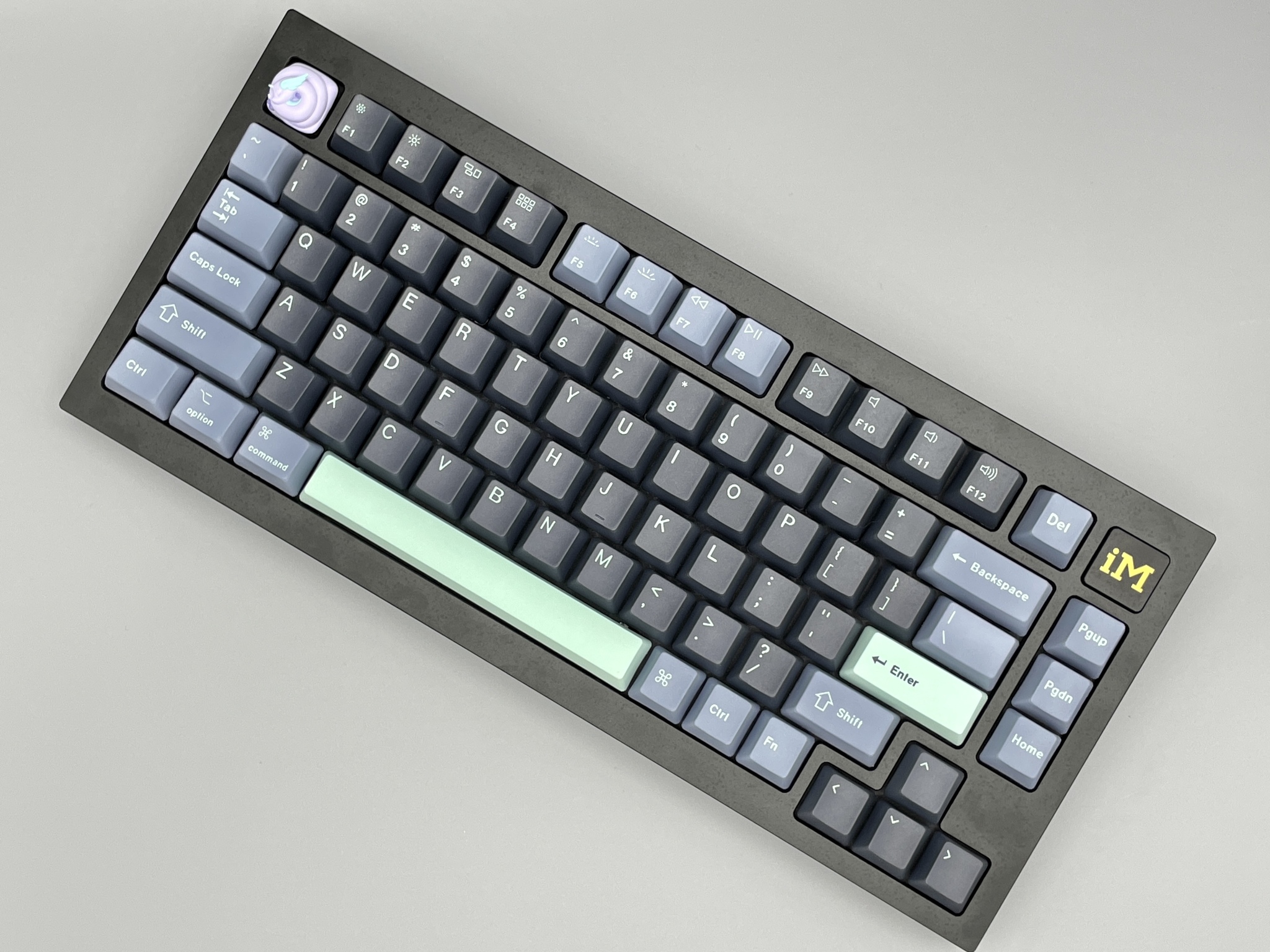
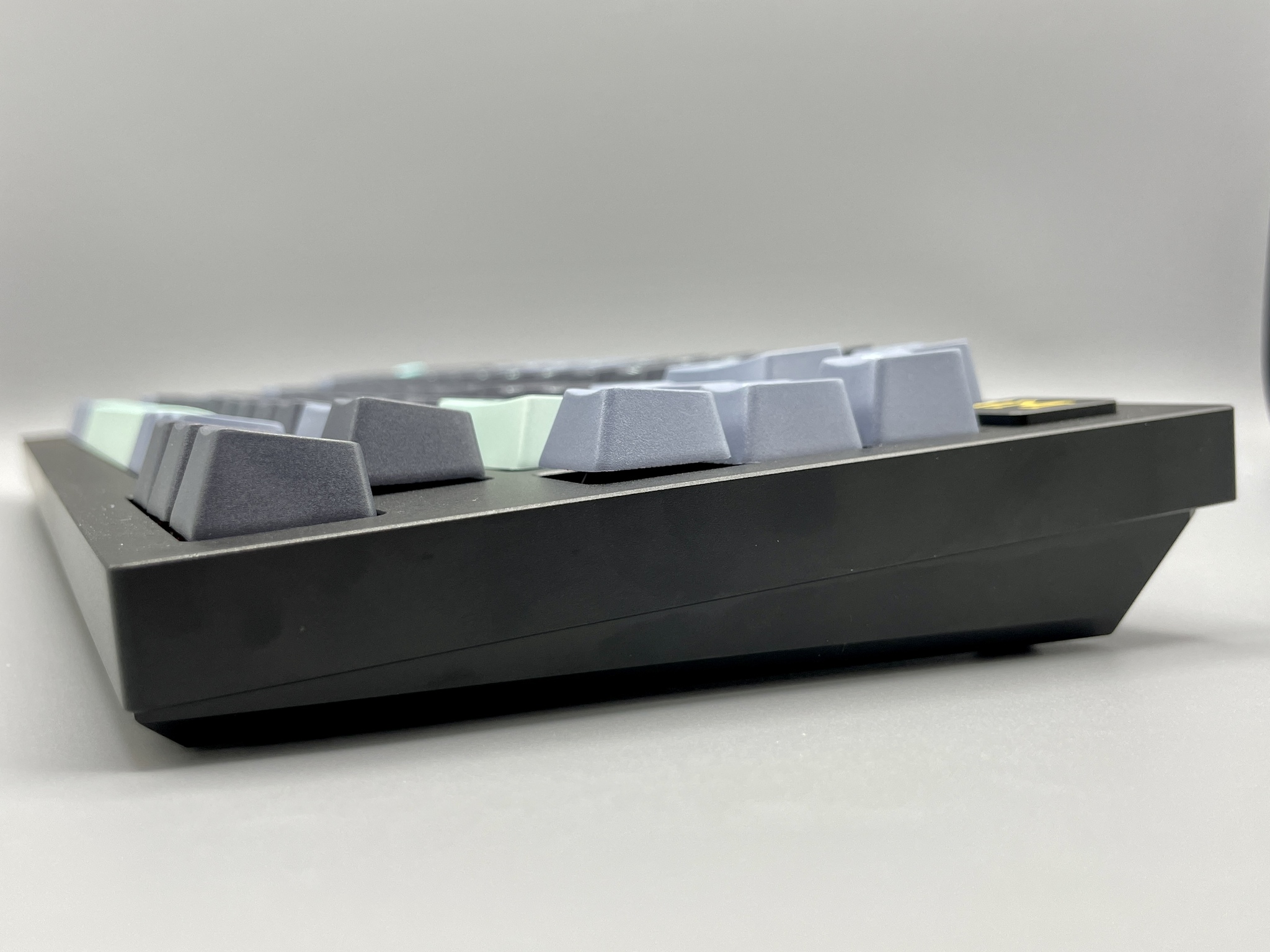
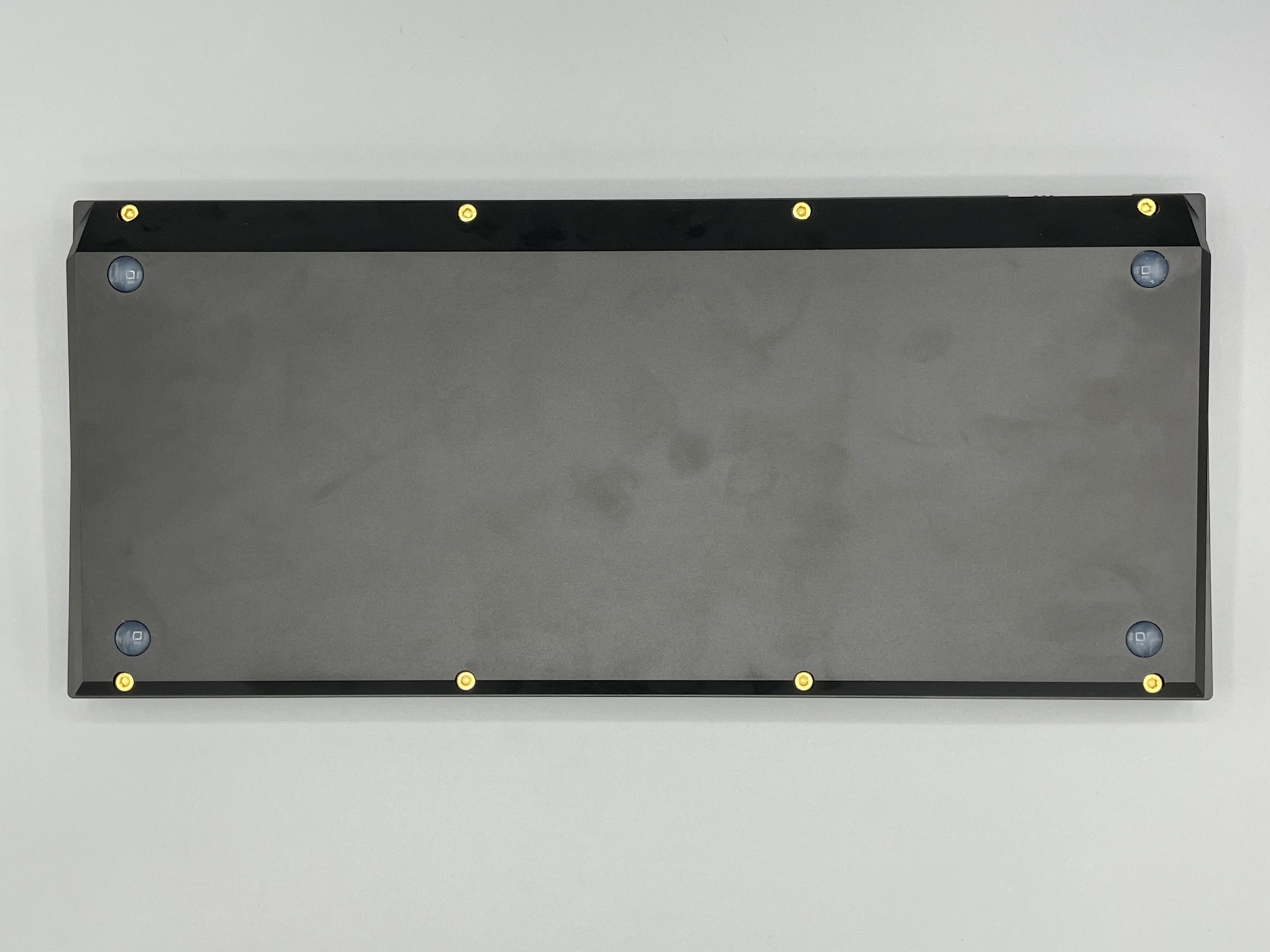



0 comments:
Post a Comment